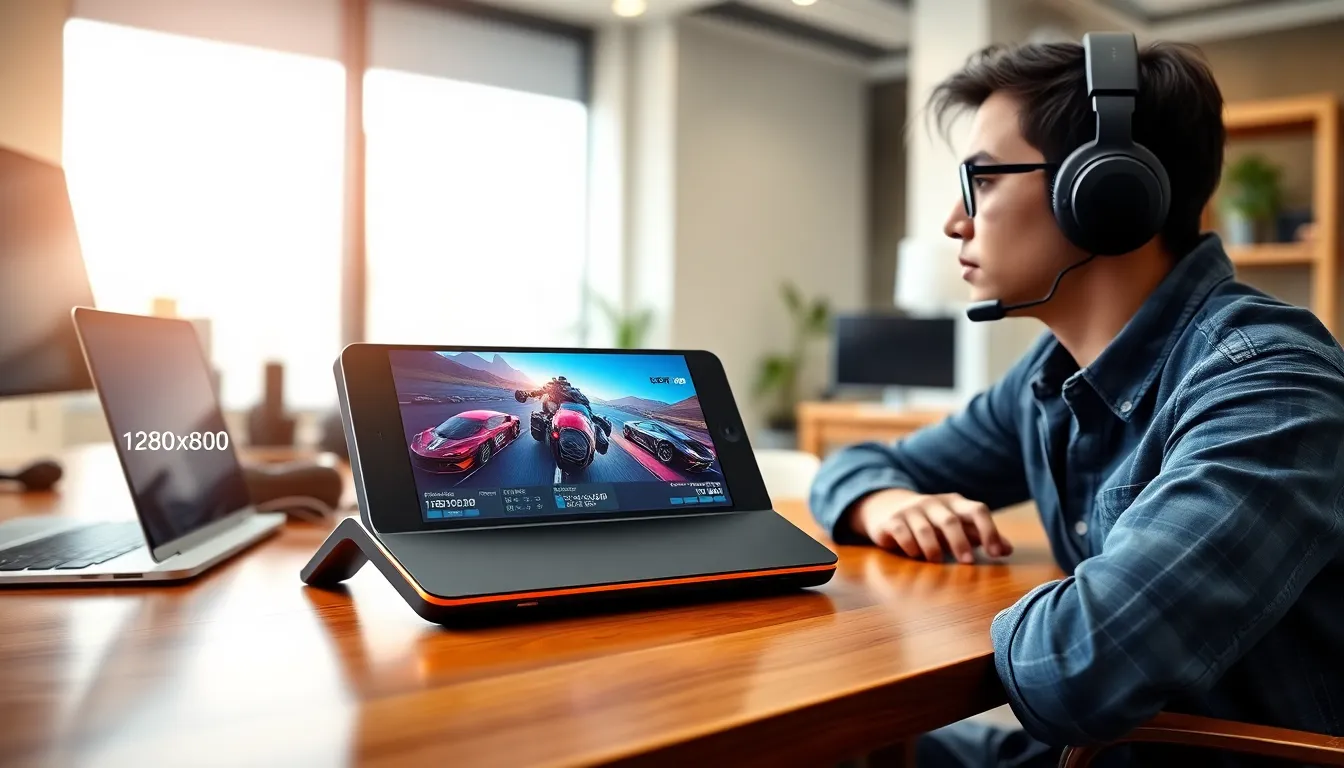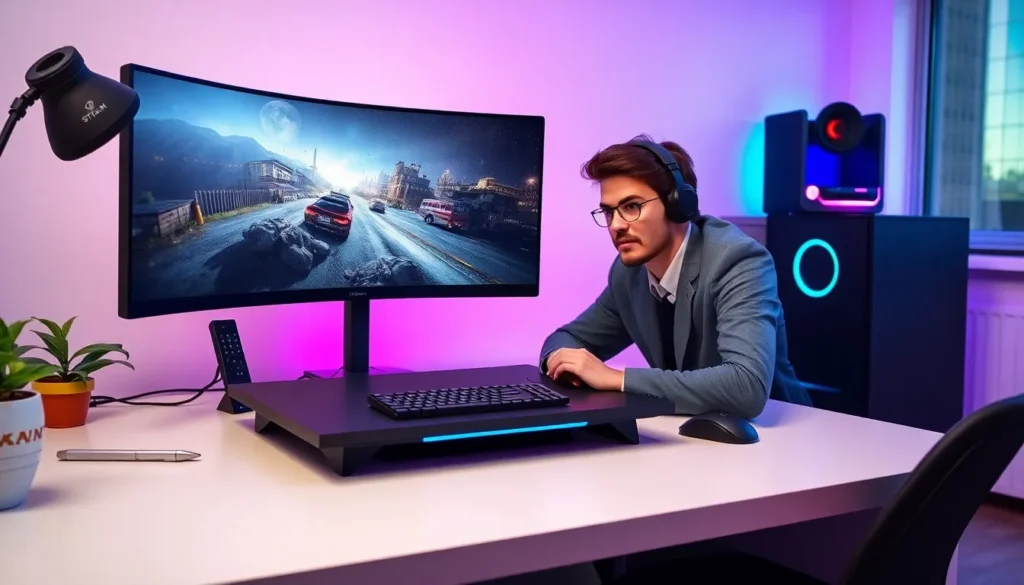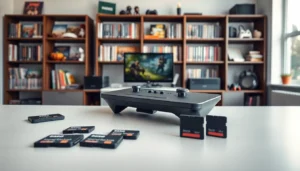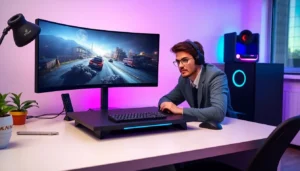Table of Contents
ToggleEver wondered how the Steam Deck delivers that immersive gaming experience? Well, it all boils down to one crucial aspect: native resolution. Think of native resolution as the secret sauce that enhances graphics, ensuring every pixel pops like popcorn in a hot air popper. In this text, we’ll jump into the nitty-gritty of the Steam Deck’s display technology, its native resolution, and what it all means for gamers like you. Buckle up, because whether you’re a casual player or a hardcore gamer, understanding this can elevate your gameplay to new heights.
Understanding the Steam Deck’s Display Technology

What Is Native Resolution?
Native resolution refers to the specific number of horizontal and vertical pixels on a display. Essentially, it’s the display’s sharpness in terms of pixel count, determining how clear an image appears. For example, if a display’s native resolution is 1280×800, it has 1280 pixels across the width and 800 pixels stacked vertically. Images and videos rendered at this resolution appear crisp and defined.
In an age of high-definition displays, knowing one’s native resolution is crucial. It impacts everything from text clarity to the overall gaming experience. If you’ve ever squinted at a blurry screen, you know how vital this aspect is. Now, let’s investigate into the specifics of the Steam Deck’s display technology.
Native Resolution of the Steam Deck
The Steam Deck boasts a native resolution of 1280×800, with an aspect ratio of 16:10. This size offers a balance between visual fidelity and performance, crucial for handheld gaming. With its compact design, gamers can enjoy a visually appealing experience without sacrificing battery life.
But what does this mean in practical terms? Essentially, you get sharp, detailed graphics while maintaining smooth gameplay. Ensuring that your games run smoothly at this resolution is key to maximizing your gaming sessions. Don’t forget: this isn’t just a portable console: it’s a powerful gaming machine that caters to enthusiasts on the go.
Factors Affecting Gaming Experience
Scaling and Performance
Several factors impact the gaming experience on the Steam Deck. While its native resolution is a significant asset, scaling plays a crucial role too. Scaling ensures that games designed for higher resolutions can still look decent when played on lower-resolution displays. But, not all scaling methods are created equal. Some can introduce blurriness or lag, undermining an otherwise excellent gameplay experience.
By tweaking in-game settings, players can enhance visuals without sacrificing performance. A fine balance between resolution and performance ensures that gamers can enjoy their titles without continuous stutters or dips in frame rate. It’s about finding the sweet spot that maximizes fun and minimizes frustrations.
Impact of Resolution on Battery Life
Optimal Settings for Different Games
Resolution choices significantly influence battery life. On the Steam Deck, playing at native resolution tends to be more battery-efficient compared to upscaled resolutions. But, players looking to push the graphical limits, while often appealing, can experience faster battery drain.
For games with intense graphic demands, like open-world adventures or graphically rich RPGs, lowering the resolution might be advisable for longer play sessions. Finding optimal settings is key. Adjusting graphics settings not only improves battery life but can also enhance overall performance, especially in graphically demanding scenarios. A careful approach here can lead to more enjoyable experiences during those long gaming marathons.







